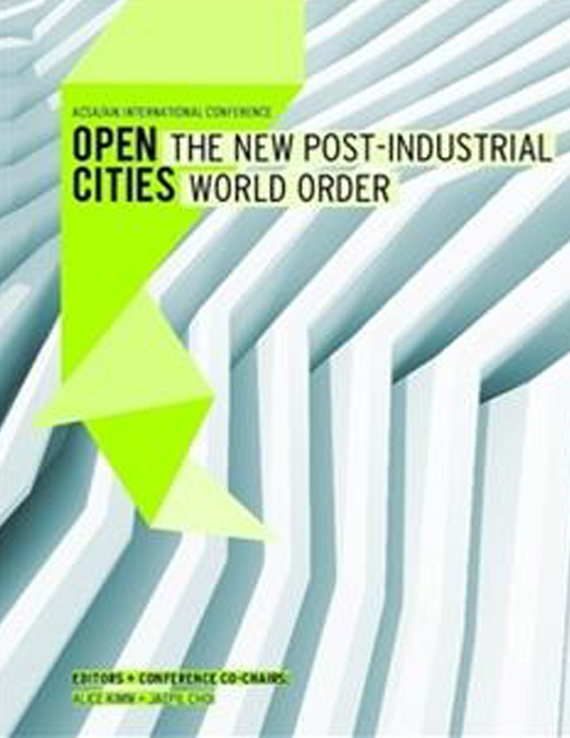Author(s): James Eckler & Kate O'Connor
Learning to use the computer as a projective design tool, rather than a time-consuming representational device, is essential to beginning designers as they develop habits that will influence their education and continue into the profession. Traditional beginning design studios take students outside the world of their experience by teaching representation strategies that rely on abstraction. This project attempts to integrate hand techniques with digital image manipulation to extend and reinforce the lessons of spatially based conceptual design exercises. In the project “Foot-loose _ Six Degrees of Separation,” students combined process oriented explorations with digital media and were encouraged to think through the computer and the hand simultaneously to reinforce the importance of multimedia processes in early design development. The speed of digital manipulation allowed students to quickly grasp how conceptual design translates into human experience. This pedagogical model encourages students to develop a digital sensibility at the inception of their design process. An introduction to Photoshop produced a collage of information where the individual element informed the next and overlapped to create a tectonic assembly of space in a sectional format. The simple gesture of introducing digital poche and human silhouette figures produced a direct correlation of scale and therefore created an easily recognizable image for the beginning design student to grasp. This type of digitally oriented introduction allowed students to learn the program’s ability to amplify and express specific attributes of their handcrafted drawings. This exercise presented the opportunity for students to design a spatial narrative by simply manipulating and combining the sizes of the figures on a computer screen. Contrary to typical architectural representations where figures populate a rendered view, the figures give each view meaning. With this exercise, students begin to understand how to manipulate a digital image with restraint and scalar specificity. Using the twelve sections as a conceptual map, students manually translated the computer generated sections into assemblies emphasizing the tectonic principles introduced in two-dimensions. These models were married to programmatically produce two comprehensive spaces, registering the connections and showcasing the explorations of the shoe. The physical shift back into 1:1 scale was an important step in fostering the awareness of the influence of digital media, as well as allowing students to develop both manual and digital skills at the same pace. This example of a beginning design sequence demonstrates that students can be taught to think simultaneously through the computer and the hand. Appreciating the computer as a projective tool in this studio model promotes an actively engaged digital user that is able to design intuitively with the computer. Working back and forth between the hand and the computer at the onset of a design education enables the students to control their own process at each level without being limited by the manual or becoming trapped graphically by the digital.
Volume Editors
Alice Kimm & Jaepil Choi
ISBN
978-0-935502-91-6

 Study Architecture
Study Architecture  ProPEL
ProPEL 
